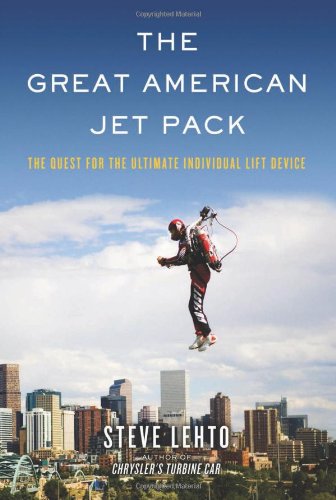

Most ebook files are in PDF format, so you can easily read them using various software such as Foxit Reader or directly on the Google Chrome browser.
Some ebook files are released by publishers in other formats such as .awz, .mobi, .epub, .fb2, etc. You may need to install specific software to read these formats on mobile/PC, such as Calibre.
Please read the tutorial at this link: https://ebookbell.com/faq
We offer FREE conversion to the popular formats you request; however, this may take some time. Therefore, right after payment, please email us, and we will try to provide the service as quickly as possible.
For some exceptional file formats or broken links (if any), please refrain from opening any disputes. Instead, email us first, and we will try to assist within a maximum of 6 hours.
EbookBell Team

4.7
76 reviewsFor a few decades, jet packs seemed to be everywhere: on Gilligan’s Island, Lost in Space, Thunderball,and even the opening ceremony of the 1984 Olympics. Inventors promised we’d all be flying with them now, enabling us to zoom around effortlessly in the sky and getting us to work without traffic jams and trains. What happened to the jet pack?
In The Great American Jet Pack,Steve Lehto gives us the definitive history of this and related devices, explaining how the technology arose, how it works, and why we don’t have them in our garages today.
These individual lift devices, as they were blandly labeled by the government men who financed much of their development, answered man’s desire to simply step outside and take flight. No runways, no wings, no pilot’s license were required. Soaring through the air with the wind in your face and landing anyplace there was room to stand—could this be done? Yes, it could be, and it was.
But the jet pack was perhaps the most overpromised technology of all time. From the rocket belt to the jet belt to the flying platform and all the way to Yves Rossy’s 21st-century free flights using a jet-powered wing, this book profiles the inventors and pilots, the hucksters and cheats, the businessmen and soldiers who were involved with these machines. And it finally tells a great American story of a technology whose promise may, one day, yet come to fruition.